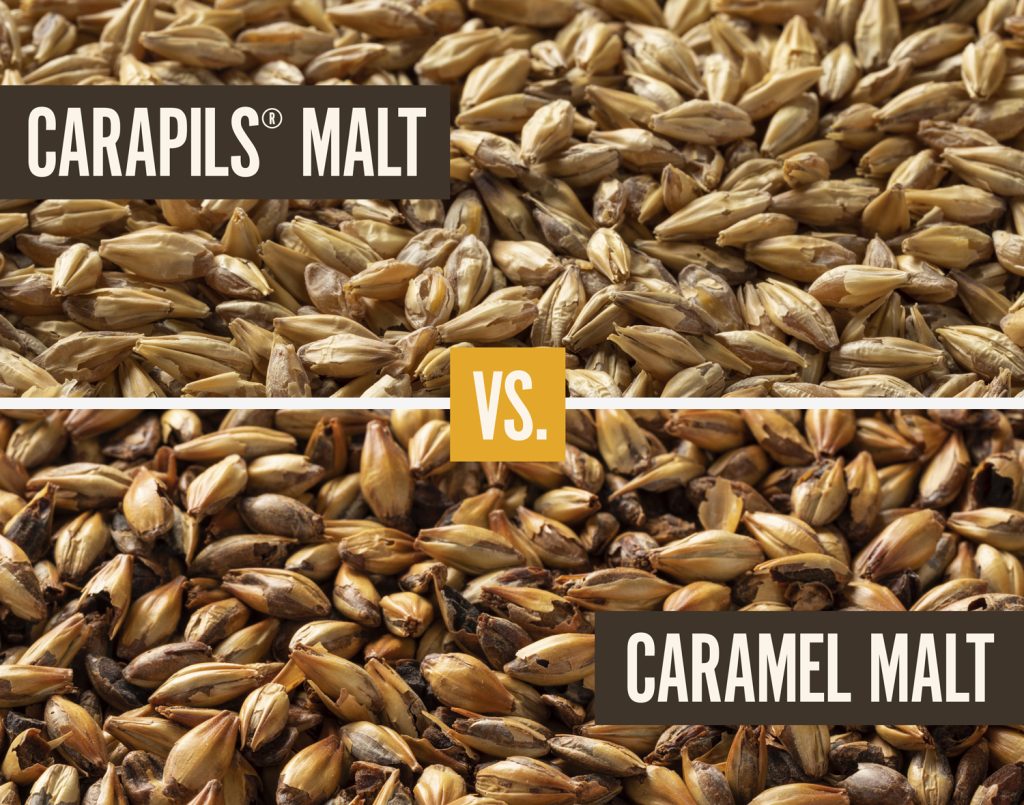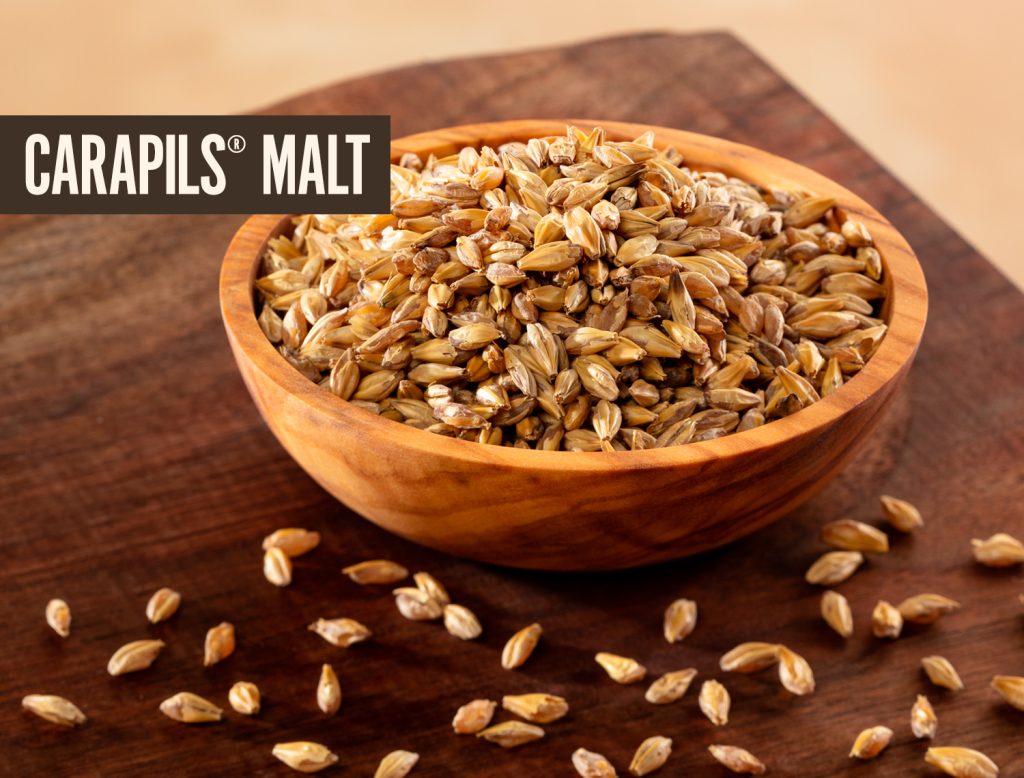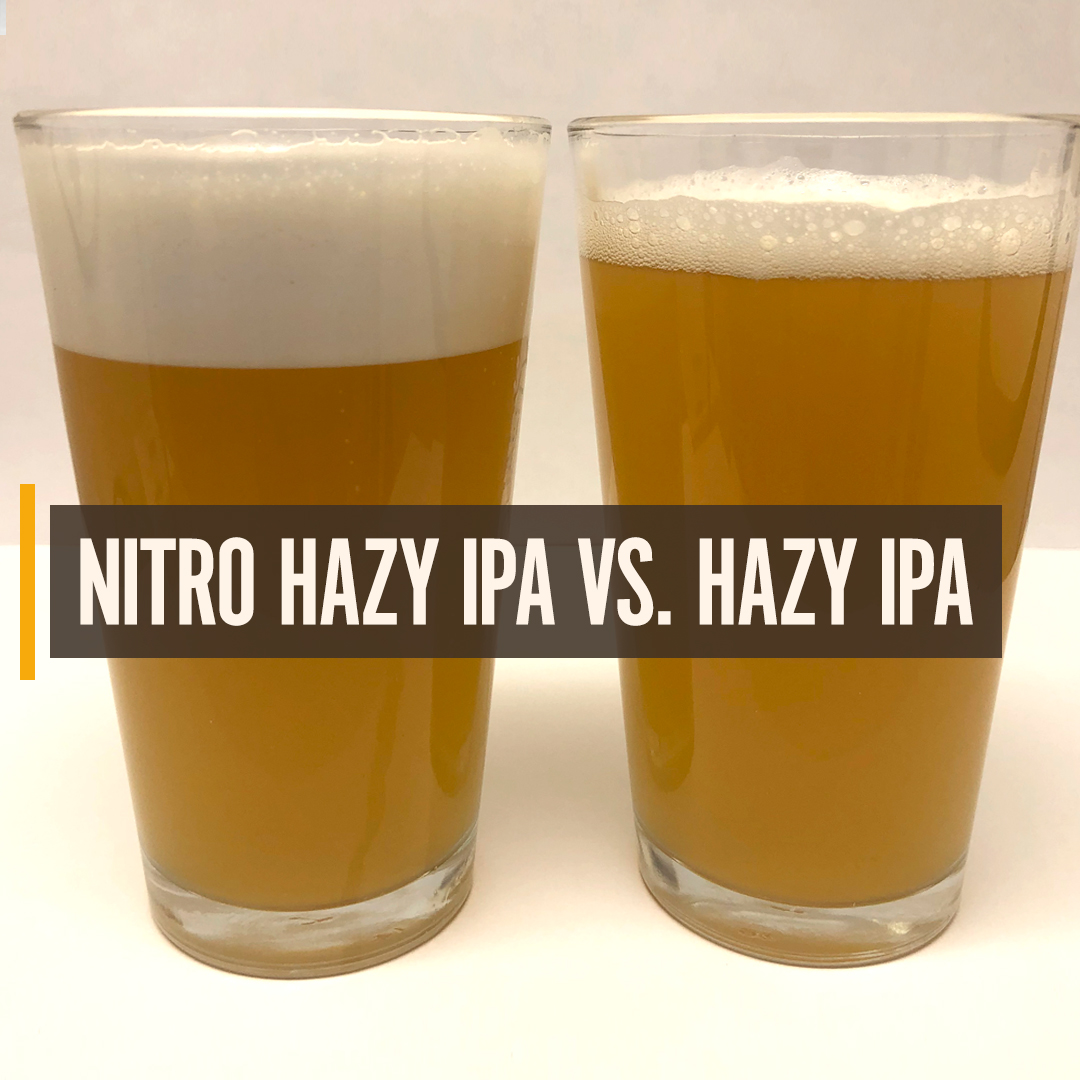
Originally published August 11, 2015; updated November 9, 2021
The Carapils® Name
The term Carapils®, or Cara-Pils®, has been historically used by many maltsters, including Briess, Weyermann, DeWolf Coysyns, and Dingemann. Today, however, in the United States, only Briess is able to use those trademarked names. Originally a European malting company, Briess opened its doors for business in 1876 in Czechoslovakia. Early on, the Briess family recognized the value in producing high-quality specialty malts and began malting varieties of dextrin malts, caramel malts, and other specialty malts.
Third-generation maltster Eric Briess had the foresight to immigrate to the United States in the 1930s and become involved in the domestic malting industry. In 1947, the Briess family registered Cara-Pils® with the USPTO. The family later took initiative to also register Carapils® in the United States in an attempt to distinguish its superior performing dextrin malt and to prevent confusion with other companies’ dextrin style malts.

Briess Carapils® Malt
Briess Carapils® has sometimes been confused with being a light caramel malt. However, while Briess Carapils® kernels exhibit a glassy character from the starch that has been converted to dextrins and then dried, it is not a caramel malt.
Rather, Briess Carapils® Malt falls into the category of dextrin malts and is intended to improve body, mouthfeel, and head retention by adding resistant dextrins, proteins, non-starch polysaccharides, and other substances to the wort and beer. Because of the crafted design, Briess Carapils® is very effective in this regard and is intended to be used at 2-3% to show a positive effect. Some unique styles of beer such as session IPA that are trying to simulate a much higher gravity beer have used Carapils® for as much as 10% of the grist, but this is only necessary with extraordinary formulation challenges. Normally, because of its low usage rate, it doesn’t affect the overall attenuation or apparent final gravity of the beer in a significant way.
What is a Dextrin Malt?
Dextrin, or Dextrine, is a term given to light-colored malts that have been produced using specialty processes (specialty malts) in order to influence the overall character of the beer, typically the body and mouthfeel. Since there is no consistency between suppliers’ processes used to produce dextrin malts, the finished product characteristics and proper usage vary between suppliers. Consulting the supplier is the best way to determine proper use.
Caramel malts
Caramel malts, such as Briess Caramel 10L are stewed and converted to sugar during roasting and are much higher in fermentable sugars. Caramel Malts can also improve head retention, body, and mouthfeel, however, they are not as effective as Carapils® (dextrin malts) and have much higher usage rates to achieve similar results.

A common practice is to use Caramel malts for color and flavor and to add Briess Carapils® to increase body and mouthfeel without changing color, flavor, or final gravity.
If you are willing to listen, you can hear me talk about the differences between Carapils® and Caramel malts in a County Malt Group podcast I participated in recently. My portion of the podcast starts at 24:45.


